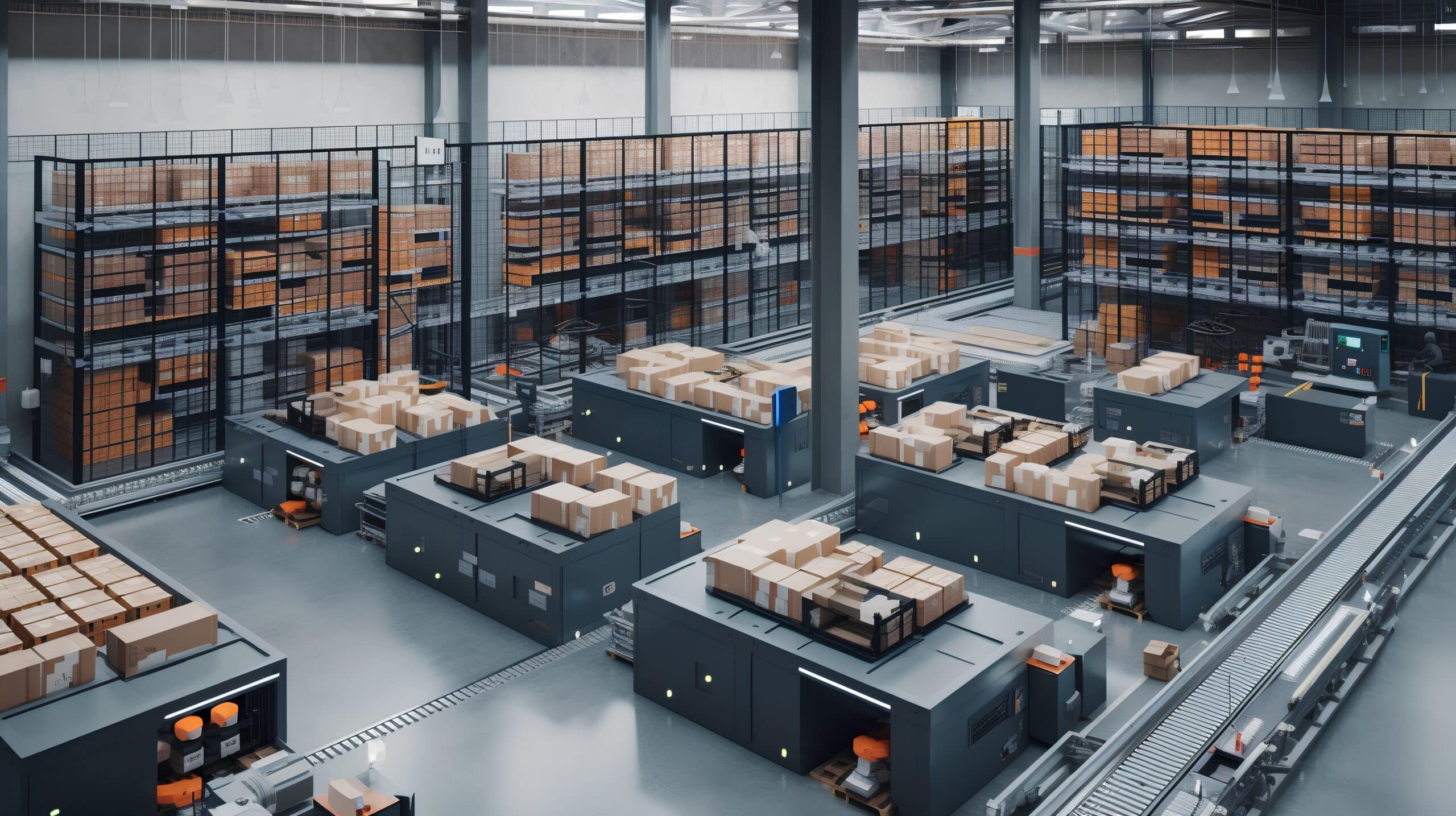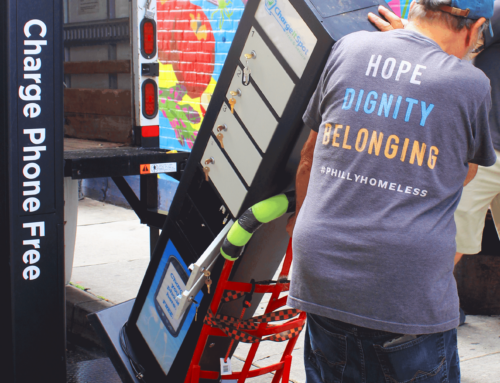Retailers Shift to Micro-Fulfillment Centers Amid Rising Consumer Demand

In the age of hyper-convenience, the relationship between organizations’ supply and demand has become imbalanced. Since the pandemic, retailers have been scrambling to keep up with low costs and the faster delivery speeds to which consumers have become accustomed. A recent survey showed that consumers are now expecting delivery to be free, even on orders of less than $50. Evidently, fast and free shipping is no longer a luxury, but an expectation.
The costs associated with shipping and delivery have only gone up amid these consumer expectations. In fact, last-mile delivery now accounts for 41% of the total supply chain costs for a particular product. Additionally, there are too many variables at play to rely exclusively on traditional methods of fulfillment. For example: supply chain constraints and raw material shortages are making it difficult for retailers to stock their shelves with the most in-demand products and satisfy their online customers’ needs. The retail industry is now finding that the traditional distribution network isn’t scalable to the degree of efficiency customers now expect.
As a result, many retailers have started to create micro-fulfillment centers (MFCs) to help provide them with the agility to meet the rising consumer demand. MFCs are small-scale warehouse facilities (typically about 3,000-10,000 sq ft.), often located in densely populated, urban locations due to space efficiency and demand volume in those areas. These spaces function to serve both the retailer’s eCommerce platform while also enhancing the turnaround time for in-store pickup.
While more retailers are turning to MFCs to cut costs and meet consumer expectations, these smaller distribution hubs have actually been around for almost a decade. Gopuff serves as one of the trend’s biggest pioneers. Unlike most other eCommerce distributors, Gopuff’s entire business model revolves around keeping smaller fulfillment centers in the most populous areas, ensuring their customers are always able to get what they need quickly. “We’ve built a hyperlocal logistics network of micro-fulfillment centers.” Gopuff’s Senior Vice President, Daniel Folkman told CNBC in an interview. Gopuff now operates more than 250 MFCs nationwide, most of which are intentionally structured only for online order fulfillment and are not open to the public.
MFCs aren’t limited to independent locations either. Many larger retailers have started allocating more space in the back of their stores to convert into MFCs. Companies, including Target and Walmart, are among some of the latest big box retailers to announce similar plans. Walmart, for example, recently unveiled a $2.6 billion plan to add micro-fulfillment centers into the backrooms of 70% of stores in Canada. Similarly, Macy’s has plans to convert around 1 million square feet of store space in 35 of its locations to function as MFCs. Macy’s Chief Supply Chain Officer, Dennis Mullahy, highlights the importance of these fulfillment centers in traditional brick-and-mortar stores stating, “Effectively managing inventory gives us the flexibility and liquidity to [respond to] what consumers are buying at every customer touch point.”

Corporate shifts into more efficient distribution methods add greater importance to the companies’ device management practices. Inventory management solutions, including RFID scanners, help retailers optimize fulfillment, and have become an essential part of being able to meet rising omnichannel demand – especially for localized distribution. Just as in traditional fulfillment centers, employee handhelds play a significant role in MFCs, enhancing accuracy, immediacy, and speed of order fulfillment. RFID scanners also play an incredibly valuable role in the logistics of the last mile, allowing same-day delivery to become more attainable even while cutting costs. Ultimately, even as automation continues to become integrated into MFCs, these devices are what allow them to operate at peak efficiency in their inventory control and allocation.
While these micro-fulfillment centers have become more widely adopted in the years following the pandemic, companies show no signs of slowing down: In 2021, the global micro-fulfillment market was valued at $2.1 billion but is projected to reach $88.3 billion by 2031. MFCs are quickly becoming essential tools in many companies’ supply chain strategies, and for good reason. The shorter delivery times and reduced costs are helping retailers improve their bottom line and increase consumer satisfaction. Although their footprint is small, micro-fulfillment centers are having a huge impact on businesses and the overall supply chain.
For more information about how ARC is helping businesses optimize their order fulfillment and inventory management, you can visit our website or click below.






